The city of Lyon is one of the most underrated, despite its location in France at the crossroads of major tourist routes. Here you’ll find Roman ruins, medieval alleys, a lift to Fourvière Hill, and gastronomy that has made its way into textbooks. If you only have a day, don’t worry — even that is enough for Lyon to leave a lasting impression.
» READ MORE – All you need to know about Lyon
If the sun is out, take a river tram ride along the Saône — Lyon looks entirely different from the water. Or download our audio guide to your smartphone and set off on an exciting walk!
The easiest place to begin is Place Bellecour, the heart of the city and a convenient starting point. Nearby are the tourist office, the Old Town, shops, and the riverbanks.
If you decide to stay in Lyon for a few days, check out the best hotel deals in the city centre at this link.
Lyon Cathedral
From Place Bellecour, head towards Fourvière Hill, crowned by its snow-white basilica and visible turrets — a landmark seen from almost anywhere in the city. To get there, cross the Saône River via the pedestrian bridge.
On the way, be sure to stop at Saint-Jean Cathedral, one of the city’s defining symbols. Step inside to admire the stained glass windows and the famous mechanical clock, which shows not just the time but also the date, the moon’s phases, and the zodiac sign.
Please note: the mechanical clock comes to life at 12:00, 14:00, 15:00, and 16:00 – angels turn the hourglass, a rooster crows, and the church bells ring. This mini-show is not to be missed.
Afterwards, take a short walk to the funicular. It will take you directly to the Basilica of Notre-Dame de Fourvière and the observation deck with its panoramic view of Lyon.
Notre-Dame de Fourvière
The Basilica of Notre-Dame de Fourvière has towered over Lyon since the late 19th century and is visible from nearly every corner of the city. Built atop the hill, it somewhat resembles the Sacré-Cœur in Paris – not by coincidence: both churches were constructed around the same time as symbols of faith and victory.
If the sun is shining, be sure to look inside – the stained glass windows and golden mosaics glow with a near-magical radiance. On cloudy days, the basilica’s white exterior appears more austere, but the interior remains captivating.
Don’t forget to descend to the lower chapel, where a collection of Virgin Mary statues from around the world is displayed, each styled in its own national tradition. Pay special attention to the mosaic dedicated to St. John – it’s a quiet, somewhat hidden space often overlooked by tourists, though it absolutely deserves a visit.
» READ MORE – How to get to Lyon
Roman theatres
Directly behind the basilica lies a genuine surprise: two Roman amphitheatres, remarkably preserved since the 1st century BC. One is larger, intended for performances, while the other is more intimate. Here, you’re free to touch the stones, sit, and take photos – there are no fences or «do not step» signs.
Nearby stands the Museum of Gallo-Roman Civilisation. Almost invisible from the outside – cleverly built into the hillside – inside it houses ceramics, mosaics, sarcophagi, excavation artefacts, and scale models of ancient Lyon. It’s a deeply atmospheric place where you may find yourself lingering longer than expected.
After visiting the museum, you can walk down to the Old Town – the path descends via terraces and staircases, offering beautiful city views along the way. And yes, this is one of those rare times when walking down is much more pleasant than climbing up.
The Old Town and Traboules
Even if you only have a day, the Old Town of Lyon is essential. Listed as a UNESCO World Heritage site, the district has remained almost unchanged since the Renaissance. Everything looks like the 15th–16th centuries: cobblestone streets, arcades, colourful facades, and antique shop signs. Wander around and you might imagine dukes, merchants, nuns, and craftsmen coming to life before your eyes.
The traboules are a special feature. These are secret passageways between houses, once used by merchants as shortcuts between parallel streets. There are about 500 such passages in Lyon. Some are closed, but others are open to the public.
It’s easy to miss a traboule entrance – it often looks like an ordinary door. But if it’s open, step inside: you might find a courtyard, a spiral staircase, or even an ancient well. These are not museum exhibits – they’re lived-in, real spaces. And it’s precisely this authenticity that gives Lyon its charm.
Today, traboules are not just shortcuts, but one of Lyon’s main attractions. Many are architectural gems: with arches, antique staircases, balconies, and intricate designs.
The most famous is the long traboule that connects houses No. 27 on Rue Boeuf and No. 54 on Rue Saint-Jean. This one is featured on almost every tour and is marked on our route map.
If you’d like to explore more traboules independently, it’s certainly possible, though there are nuances. Most passages are in residential buildings. These are private properties – while access isn’t usually forbidden, please be respectful. Avoid noise, don’t photograph residents, and refrain from playing music – everything echoes louder than you’d expect. Locals are tolerant but appreciate visitors who respect their space.
» READ MORE – Where to stay in Lyon: city districts
Bouchons and Lyon cuisine
Lyon is considered the gastronomic capital of France. But mastering its cuisine in a single day? Impossible. Start with the essentials: in the Old Town, you’ll find bouchons – traditional eateries serving local dishes – at almost every turn.
Lyon’s cuisine wasn’t born in palaces but in workshops. The city was a European hub of silk production, and the hungry, exhausted weavers created dishes that were simple, filling, and delicious. Thus, Lyon’s famous «working-class» gastronomy was born.
What to try:
- Lyon sausages and offal – from blood sausage to the infamous (and acquired taste) andouillette
- Quenelles – delicate pike dumplings in a creamy sauce. Easy to identify and love
- Pommes dauphines – baked with cheese and cream; a dish, not a side
- Lyon salad – with bacon, croutons, poached egg, and mustard dressing
- Praline – a vivid pink almond tart you won’t mistake for anything else
- Local cheeses and wine – think Beaujolais, Côtes du Rhône, and a touch of Burgundy
Important: Bouchons keep a strict schedule. Lunch is from 11:30 a.m. to 2:00 p.m., dinner starts at 7:00 p.m. Outside these hours, look for food in brasseries or street cafés.
Présqu’île and Place de la Terre
After lunch, cross back over the Saône River to reach Presqu’île, Lyon’s aristocratic quarter. Start with a visit to the 16th-century Gothic church of Saint-Nizier, then stroll down Rue de la République, which leads directly to Place de la Terre – a focal point of the city.
Three major landmarks await in the square. First, the opera house, recognisable by its unusual roof and sculptures of muses. Only the façade remains from the original 18th-century building – the rest was rebuilt in the 20th century. Nearby is the 17th-century city hall, considered one of France’s most elegant. Adjacent stands a former monastery that now hosts the Museum of Fine Arts, featuring one of France’s best collections after the Louvre.
In the same square stands Bartholdi’s famous fountain – a bronze statue of France driving a chariot pulled by four rivers. Originally commissioned by Bordeaux, the city backed out for financial reasons, and the fountain was eventually acquired by Lyon. A fortunate twist of fate.
Lyon in 1 day: a river tram ride on the Rhône
Circle around the town hall from the opposite side, and you’ll arrive at the Rhône – broader and more powerful than its sister river. No visit to Lyon is complete without a stroll along these embankments. And if your feet are truly exhausted (Lyon in one day involves a lot of walking), hop on a river tram (check tickets at this link). When evening lights begin to sparkle across the city, the view from the water becomes even more magical.
Staying overnight in Lyon?
We hope you’ve enjoyed Lyon enough to stay at least another day. There’s so much more to explore: museums dedicated to the Lumière brothers, vintage vending machines, fabrics, book printing, and the Gallo-Roman era. If you decide to remain, consider booking a hotel in the Old Town or Presqu’île. And if it’s time to leave – promise yourself you’ll return. This city deserves it.
If your flight departs early, we recommend staying near the Part-Dieu train station. The express tram starts running at 5 a.m. and will take you straight to the airport.
Enjoy your walk around Lyon!
» READ MORE – How to get from Lyon airport to Grenoble and other resorts




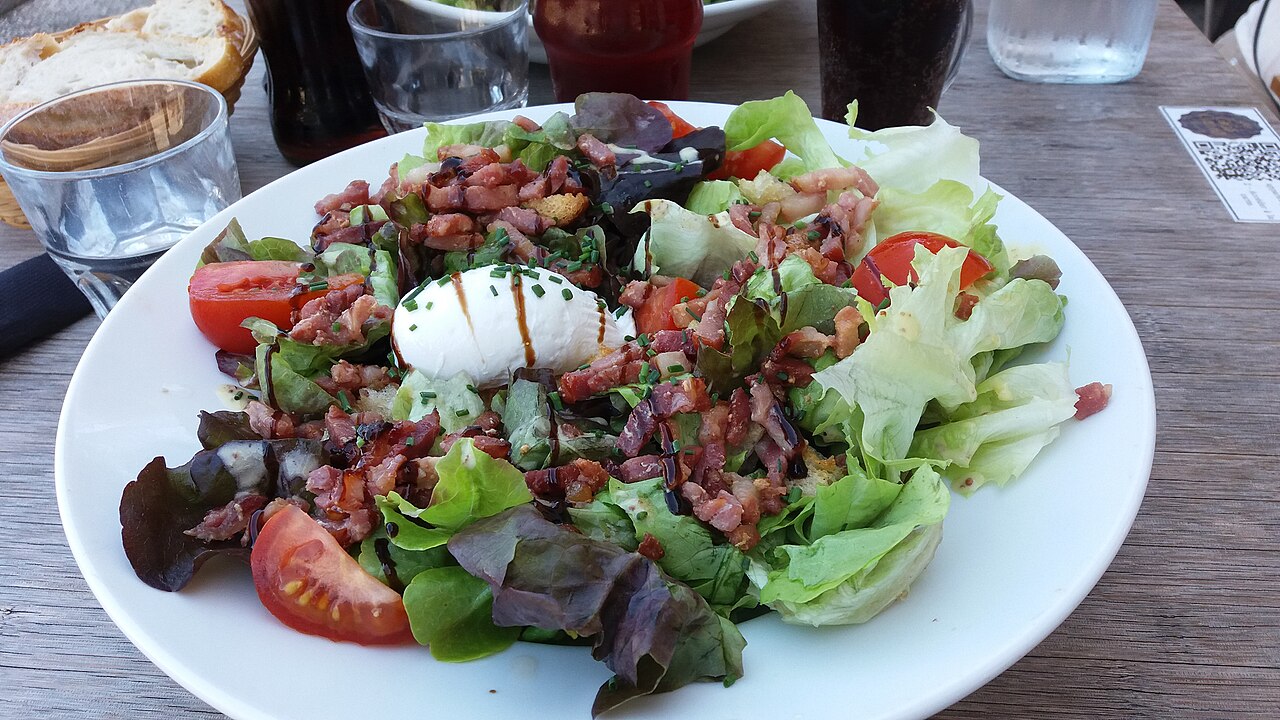

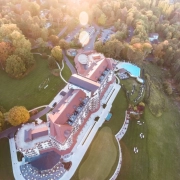 Humphrey Muleba / Unsplash
Humphrey Muleba / Unsplash  Mohammad Saifullah / Unsplash
Mohammad Saifullah / Unsplash 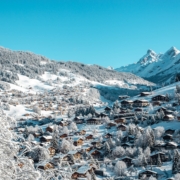 Victoire Joncheray / Unsplash
Victoire Joncheray / Unsplash 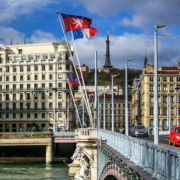
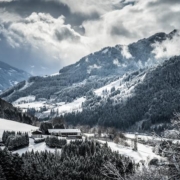
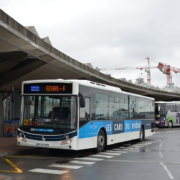
 Marcus Yoshida / Unsplash
Marcus Yoshida / Unsplash kychan / Unsplash
kychan / Unsplash
Leave a Reply
Want to join the discussion?Feel free to contribute!